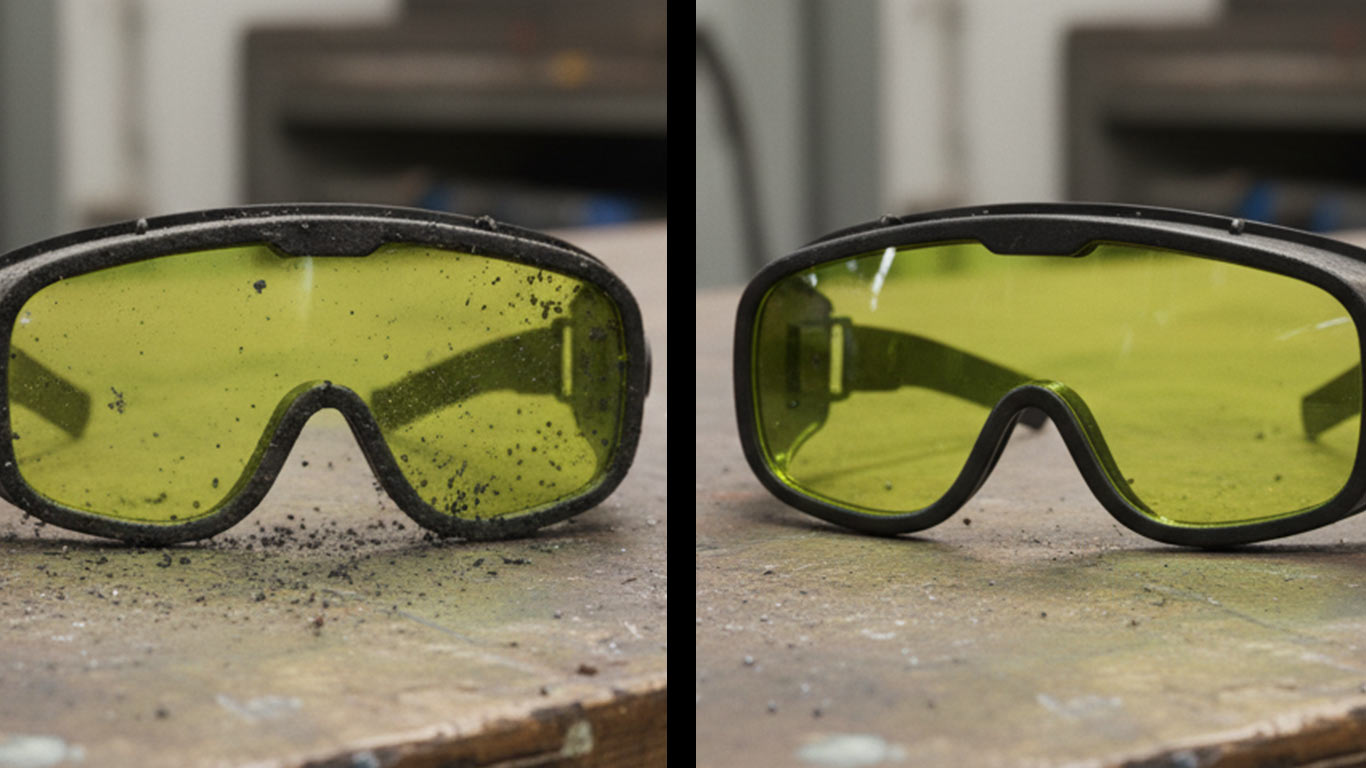
FDA
FDA 21 CFR 1040.10 - Laser Product Performance Standards



Praseodymium suits laser cleaning through moderate energy absorption and strong heat resistance, which clear contaminants effectively without melting. Its softness challenges surface integrity, so teams dial in precise settings to maintain quality.
Irregular patches of dirt cling to the praseodymium surface, creating a rough and uneven texture. Dark spots and fine particles scatter across the metal, obscuring its natural sheen. Scratches and debris layers make the overall appearance dull and marred.
The laser treatment removes all visible contaminants, exposing a smooth and uniform surface. Clean metallic grains now shine brightly without any obstructions. The restored polish reveals fine details in the material's structure.

FDA 21 CFR 1040.10 - Laser Product Performance Standards

ANSI Z136.1 - Safe Use of Lasers

IEC 60825 - Safety of Laser Products

OSHA 29 CFR 1926.95 - Personal Protective Equipment
License: Creative Commons BY 4.0 • Free to use with attribution •Learn more